Feeders and habitats for wildlife in British gardens
How to encourage birds, bees, butterflies, ladybirds and other wildlife into your garden.
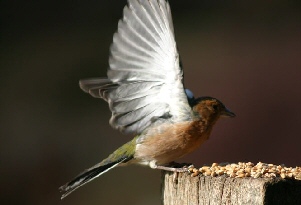

Encourage wildlife into your garden with these attractive products. It's not only enjoyable watching the wildlife but it can also help to provide valuable habitats to species that may be struggling - as well as those that will help your garden by pollinating the flowers or getting rid of pests!
| Ladybirds, or to give them their correct name, Coccinellidae are considered useful insects as they feed on aphids or scale insects which are pests in gardens and orchards. Ladybirds will lay hundreds of eggs and the larvae will commence feeding immediately. A ladybird 'tower' or 'house' will provide the ideal environment for them to prosper. Plant it close to your rose bushes or other areas affected by such garden pests. A good example of a Ladybird tower can be found here. |  |
 | Bees are flying insects closely related to wasps and essential for their role in pollination and for producing honey. There are around 20,000 known species of bees and several are likely to visit your garden! They are found on every continent except Antarctica and in every habitat on the planet that contains insect-pollinated flowering plants. Bees are currently declining in number, probably due to pesticides and loss of habitat. Bees are adapted for feeding on nectar and pollen, the former primarily as an energy source. An example of a bee nesting box can be found here or alternatively you could use a combined ladybird and bee nesting box. |
| Butterflies are generally brightly coloured and often welcome visitors to our garden. A butterfly is a mainly day-flying insect. The butterfly's life cycle consists of four stages, egg, larva, pupa and finally adult. Some species provide pollination of plants, and caterpillars and a few butterflies (for example Harvesters) eat harmful insects. An example of a butterfly habitat and feeder can be found here. |  |
 | Robins are probably Britain's favourite bird with its bright red breast it is familiar throughout the year and especially at Christmas! Males and females look identical however young birds have no red breast and are spotted with golden brown. Despite a cheery song all year and their endearing appearance, they are aggressively territorial and are quick to drive away intruders. An example of a nesting box for a Robin can be found here. |
| The Blue Tit is a small passerine bird of the tit family "Paridae". Blue tits are easily recognisable by their blue and yellow plumage. Blue tits are usually resident and do not migrate in winter which is why feeding can be improtant in the cold weather. They are widespread and a common resident breeder throughout temperate and subarctic Europe and western Asia in deciduous or mixed woodlands with a high proportion of oak. They usually nest in tree holes, although they are easily able to adapt to life in nest boxes where necessary. |  |
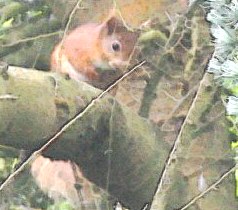 |
Squirrels belong to a large family of small or medium-sized rodents called the Sciuridae. Many are considered pests in the garden and will chew the bird feeder to get at the nuts! I have found that by having this squirrel feeder in the garden, the squirrels leave my bird feeders in peace. The can also be fun to watch and are highly acrobatic. |
| Hedgehogs are well established in our urban habitat and can survive very well in towns and cities, making extremely good use of cemeteries, railways, wasteland and domestic gardens. Hedgehogs are surprisingly noisy eaters! The best ways of assisting hedgehogs is by helping them avoid man-made hazards and providing them with suitable places to nest, especially in the winter. Slug pellets are poisonous to hedgehogs so if you use them it's best to avoid using a hedgehog habitat. |  |
It is also possible to buy a bird feeder camera which can either be wired to the house, operate wirelessly (although I've not found a wifi one); you might also consider a solar powered outdoor camera which saves images to an SD card (they have a small battery as a backup).
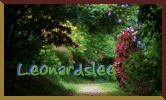 |
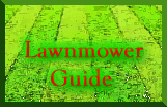 |
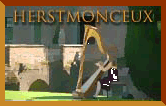 |
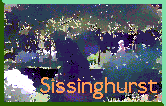
|
| Email: Dave Parker | |||
There have been visitors to this page
© 2013, Dave Parker